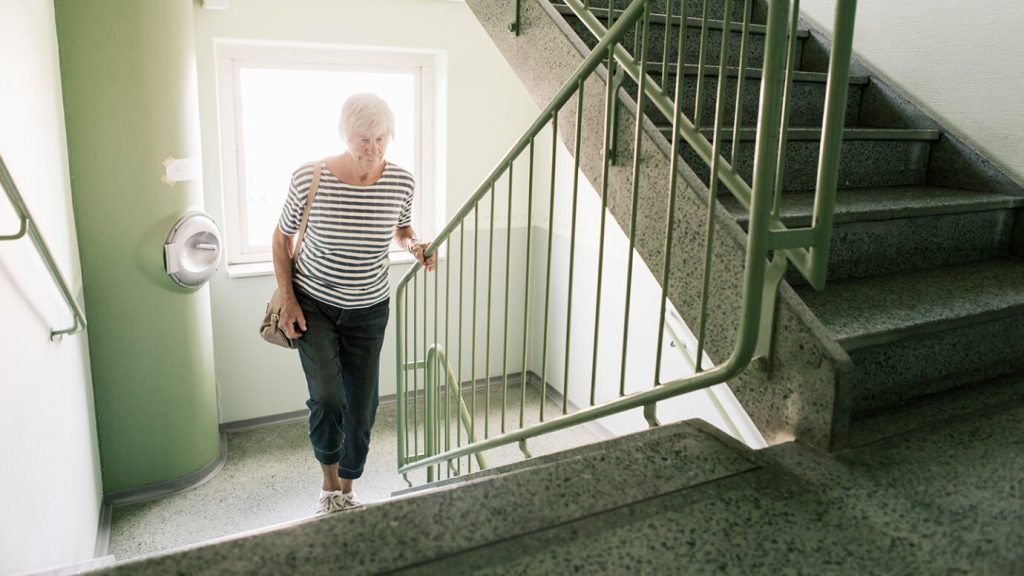Brief bursts of activity offer health benefits for people who don’t exercise

Making day-to-day activities more vigorous for a few minutes — such as briefly stepping up the pace of a walk — could offer people who don’t exercise some of the health benefits that exercisers enjoy.
That’s according to a new study of roughly 25,000 adults who reported no exercise in their free time. Those who incorporated three one- to two-minute bursts of intense activity per day saw a nearly a 40 percent drop in the risk of death from any cause compared with those whose days didn’t include such activity. The risk of death from cancer also fell by nearly 40 percent, and the risk of death from cardiovascular disease dropped almost 50 percent, researchers report online December 8 in Nature Medicine.
In a comparison with around 62,000 people who exercised regularly, including runners, gym-goers and recreational cyclists, the mortality risk reduction was similar.
“This study adds to other literature showing that even short amounts of activity are beneficial,” says Lisa Cadmus-Bertram, a physical activity epidemiologist at the University of Wisconsin–Madison, who was not involved in the research. “So many people are daunted by feeling that they don’t have the time, money, motivation, transportation, etc. to go to a gym regularly or work out for long periods of time,” she says. “The message we can take is that it is absolutely worth doing what you can.”
Emmanuel Stamatakis, an epidemiologist at the University of Sydney, and his colleagues analyzed a subset of records from the UK Biobank, a biomedical database containing health information on half a million people in the United Kingdom. The study’s non-exercising participants — more than half of whom were women and were 62 years old on average — had worn movement-tracking devices for a week.
Over an average seven years of follow-up, for those whose days included three to four bursts of activity, the mortality rate was 4.2 deaths from any cause per 1,000 people for one year. For those with no activity bursts, it was 10.4 deaths per 1,000 people for one year.
The researchers were looking for bursts of vigorous activity that met a definition determined in a laboratory study, including reaching at least 77 percent of maximum heart rate and at least 64 percent of maximum oxygen consumption. In real life, the signs that someone has reached the needed intensity level are “an increase in heart rate and feeling out of breath” in the first 15 to 30 seconds of an activity, Stamatakis says.
Regular daily activities offer several opportunities for these vigorous bursts, he says. “The simplest one is maximizing walking pace for a minute or two during any regular walk.” Other options, he says, include carrying grocery bags to the car or taking the stairs. “The largest population health gains will be realized by finding ways to get the least physically active people to move a little more.”